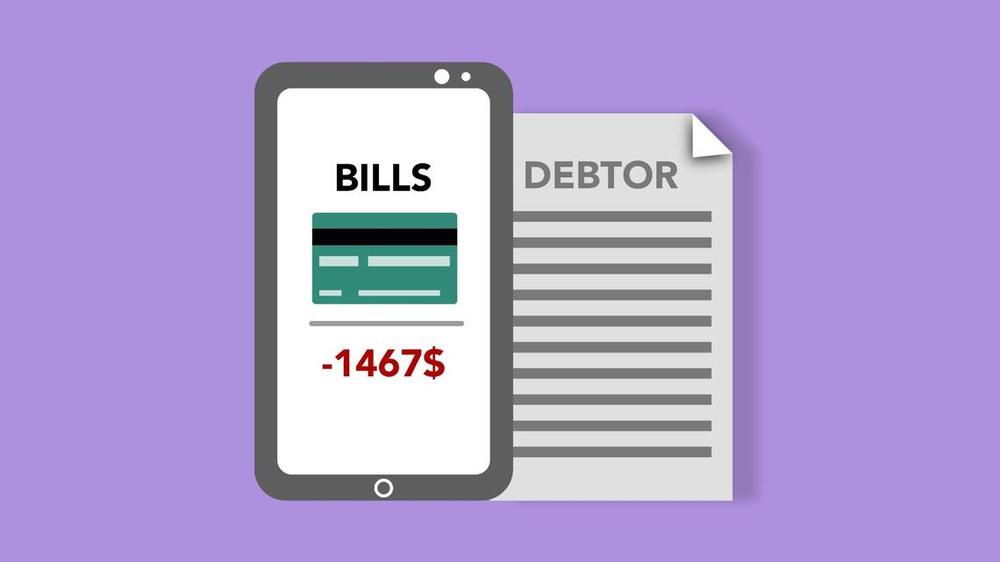
Section Branding
Header Content
How much do Georgians need to make to be middle class? It’s greatly changed in 10 years
Primary Content

Over the last decade, what it means to be “middle class” has drastically changed. A recent study done by GOBanking Rates reveals that the scale of “middle class” income has shifted remarkably, increasing nationally by an average of 42%.
In the U.S. in 2012, the lowest salary you could make and still be considered “middle class” was $35,364. The most you could make without tipping over into “higher class” was $106,092.
Fast forward to 2022 and the lowest salary to qualify increased to $50,099 and topped off at $150,298.
Although this is a national average, it turns out that the shift varies from state to state.
What does middle class mean in Georgia?
The states were ranked based on how high (or low) the change was from 2012 to 2022. Georgia came in as the 12th highest change in middle class criteria with an increase of necessary income of 43.85%
- In Georgia in 2012, the middle-class income range was $33,069 to $99,208
- In Georgia in 2022, it was $47,570 to $142,710
What defines the middle class?
A poll from The Washington Post reveals that many Americans agree about what it means to be middle class. The poll also reveals that many Americans sorely underestimate the income it takes to meet the below criteria. This is directly correlated to the changing demographics of the middle class and the skyrocketing rate of inflation. Here are the top six factors:
- A secure job
- Ability to save money for the future
- Ability to afford an emergency $1,000 expense without debt
- Ability to pay bills on time without worry
- Health insurance
- Ability to retire comfortably
A few more esoteric factors that appeared on the poll: paid sick leave; ability to eat at a restaurant anytime you want; time and money for vacations.
Why doesn’t my money go as far as it used to?
The Ledger-Enquirer spoke to Dr. Fady Mansour, Ph.D. The director of the Butler Center for Research and Economic Development and Associate Professor of Economics at the Turner College of Businesses and Technology at Columbus State University. He helped to make sense of the very confusing fiscal situation we’re currently facing.
Even though wages are rising, they are not rising fast enough to keep up with the increase of the cost of goods and the percent increase of inflation. This can be particularly tricky for those in the middle class classification because it seems like they have more money than they do, explains Mansour.
What is a nominal wage vs. real wage
Mansour attributes this to the idea of a “nominal” vs. a “real” wage. He explains that a “nominal” wage is just exactly what you’re paid. You can look at your pay stub or W-2 to see that number. On the other hand, the “real” wage is the effective buying power of your earnings and is “the nominal wage minus inflation.”
Mansour also warns that “not everyone benefits from a wage increase” but everyone is forced to contend with the cost of inflation. How the money circulates and where it finally winds up, asserts Mansour, is the ultimate scale of wealth and financial success.
Do you consider yourself middle class? Did your parents or grandparents? What other factors do you think contribute to being a part of this class?
Sound off in the comments, or you can email me and find me on Instagram.
This story comes to GPB through a reporting partnership with the Columbus Ledger-Enquirer.

